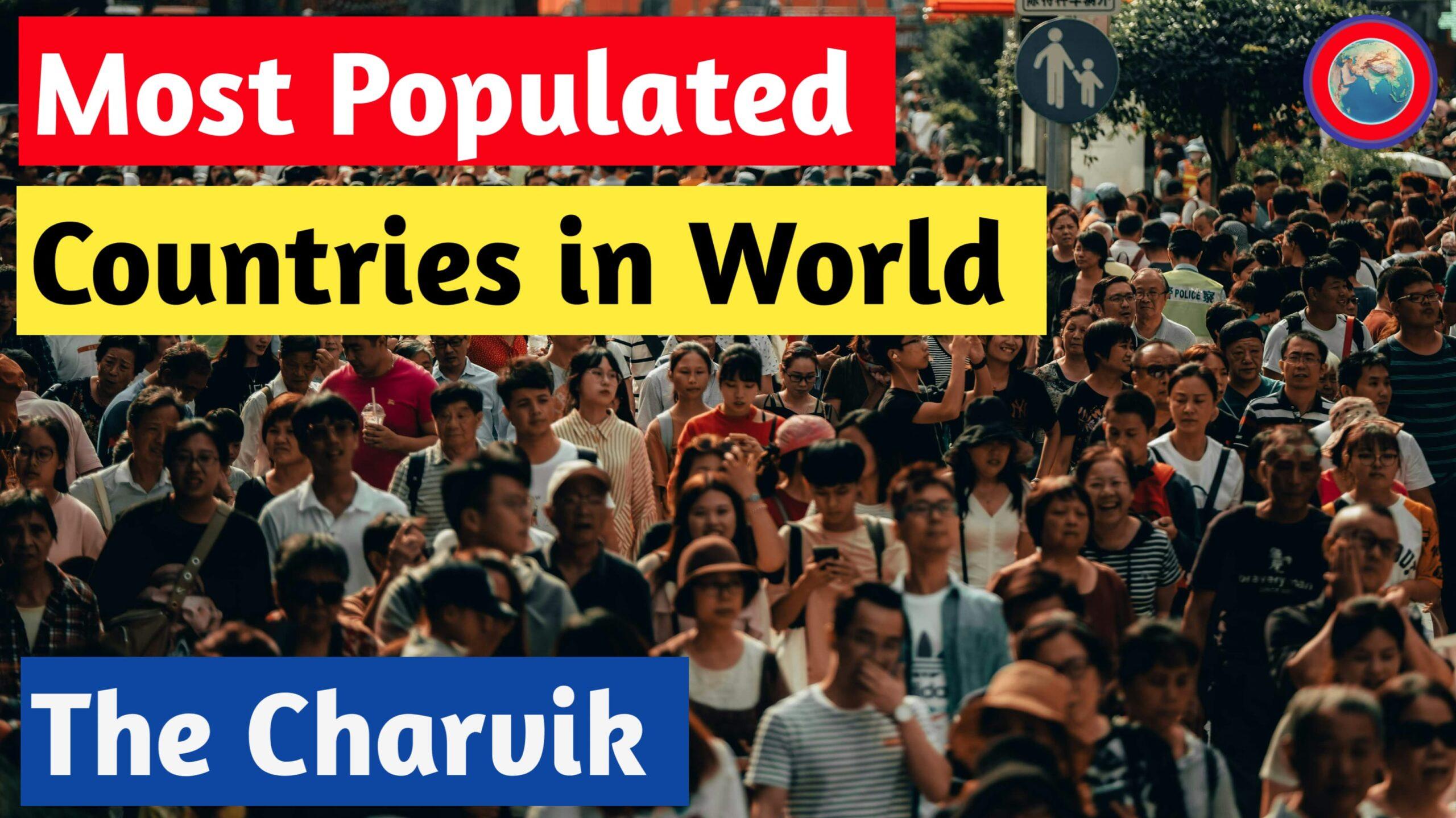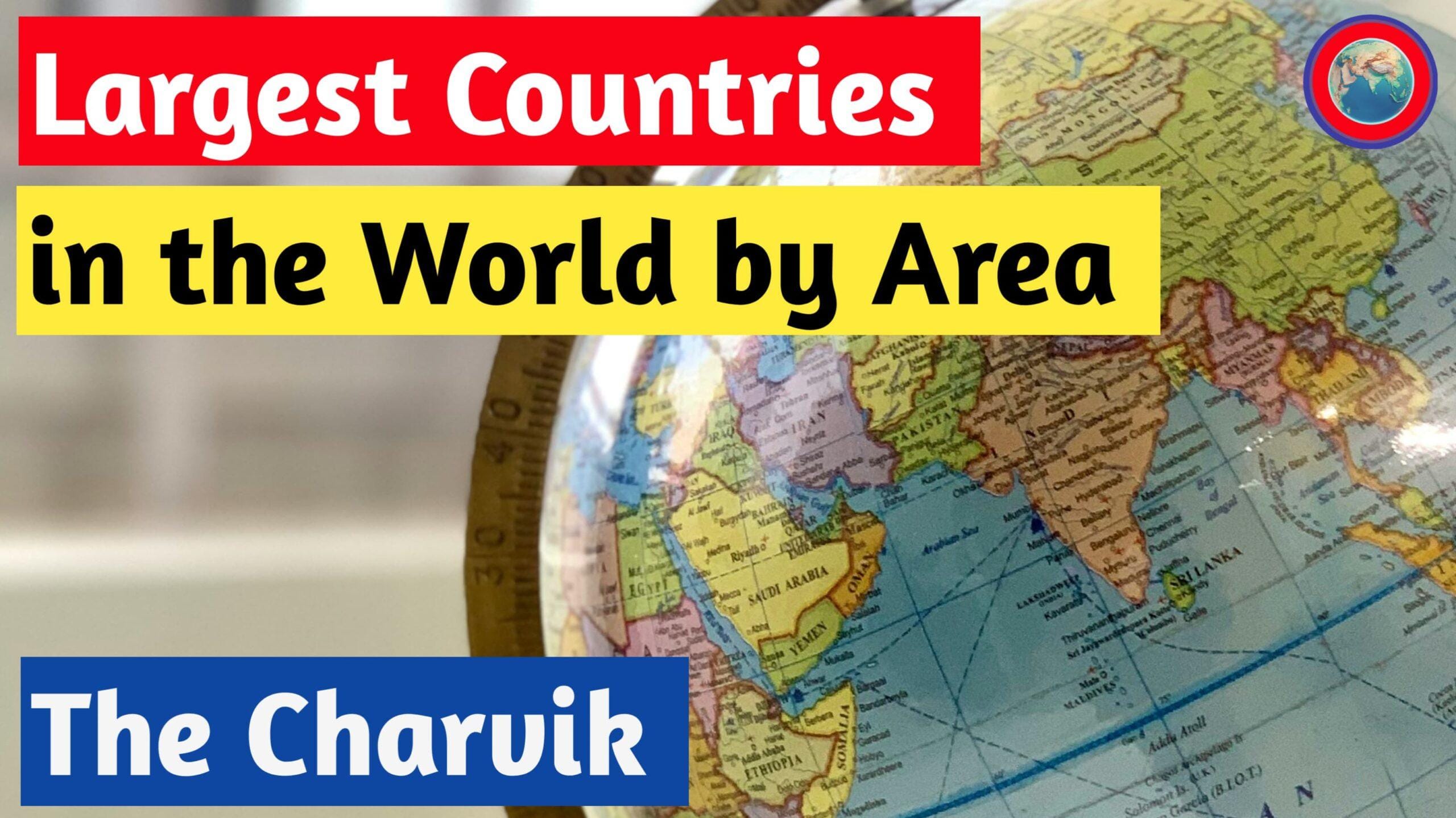Total Area refers to the total surface extent of a region, land, or object, measured in square units such as square kilometers (sq km) or square meters (sq m). India is the seventh-largest country in the world, divided into 28 states and 8 Union Territories (UTs).
The variation in land area affects economic activities, infrastructure development, agricultural patterns, and environmental policies. Understanding the geographical size of states and UTs is essential for balanced regional growth, policy-making, and efficient administration. In this article, we will learn more about the State and Union Territory in India in terms of Area.
Key Insights – Area of India
India is a vast and multicultural landmass, with 28 states and 8 Union Territories, covering 3,287,590 square kilometers of area. The division of India into states and UTs ensures efficient governance, administrative ease, and regional development.
| Area of India | 3,287,263km2 |
| Largest State by Area | Rajasthan |
| Smallest State by Area | Goa |
| Largest UT by Area | Ladakh |
| Smallest UT by Area | Lakshadweep |
Rajasthan is the biggest state by total geographical area, while Goa is the smallest state of India. Ladakh is the biggest Union Territory by total geographical area, while Lakshadweep is the smallest Union Territory of India.
State and Union Territory by total Area
Area in square kilometre and Share in Percentage(%)
UT = Union Territories
| ^ | State / Union Territory | Area(km2) | Share(%) |
|---|---|---|---|
| – | India | 3,287,263 | 100% |
| 1 | Rajasthan | 342,239 | 10.4% |
| 2 | Madhya Pradesh | 308,252 | 9.38% |
| 3 | Maharashtra | 307,713 | 9.36% |
| 4 | Uttar Pradesh | 240,928 | 7.33% |
| 5 | Gujarat | 196,244 | 5.97% |
| 6 | Karnataka | 191,791 | 5.83% |
| 7 | Ladakh – UT | 166,698 | 5.07% |
| 8 | Andhra Pradesh | 162,970 | 4.96% |
| 9 | Odisha | 155,707 | 4.74% |
| 10 | Chhattisgarh | 135,192 | 4.11% |
| 11 | Tamil Nadu | 130,060 | 3.96% |
| 12 | Telangana | 112,077 | 3.40% |
| 13 | Bihar | 94,163 | 2.86% |
| 14 | West Bengal | 88,752 | 2.74% |
| 15 | Arunachal Pradesh | 83,743 | 2.54% |
| 16 | Jharkhand | 79,716 | 2.42% |
| 17 | Assam | 78,438 | 2.38% |
| 18 | Himachal Pradesh | 55,673 | 1.69% |
| 19 | Jammu & Kashmir – UT | 55,538 | 1.68% |
| 20 | Uttarakhand | 53,483 | 1.62% |
| 21 | Punjab | 50,362 | 1.53% |
| 22 | Haryana | 44,212 | 1.34% |
| 23 | Kerala | 38,863 | 1.18% |
| 24 | Meghalaya | 22,429 | 0.68% |
| 25 | Manipur | 22,327 | 0.67% |
| 26 | Mizoram | 21,081 | 0.64% |
| 27 | Nagaland | 16,579 | 0.50% |
| 28 | Tripura | 10,491 | 0.31% |
| 29 | Andaman & Nicobar Islands – UT | 8,249 | 0.25% |
| 30 | Sikkim | 7,096 | 0.21% |
| 31 | Goa | 3,702 | 0.11% |
| 32 | Delhi – UT | 1484 | 0.04% |
| 33 | Dadra & Nagar Haveli and Daman & Diu – UT | 603 | 0.01% |
| 34 | Puducherry – UT | 479 | 0.01% |
| 35 | Chandigarh – UT | 114 | 0.003% |
| 36 | Lakshadweep – UT | 32 | 0.001% |
India’s states and Union Territories vary greatly in terms of area, impacting their development, economy, and governance. While larger states like Rajasthan and Madhya Pradesh benefit from vast resources, smaller ones like Goa and Sikkim thrive on focused economic strategies. Union Territories, with their unique administrative structures, contribute to India’s diversity. Understanding these geographical differences helps in policymaking, ensuring balanced growth across all regions of the country.
Reference
Source: Data from Government of India
See also: Largest Countries by Total Area







Leave a Reply
You must be logged in to post a comment.